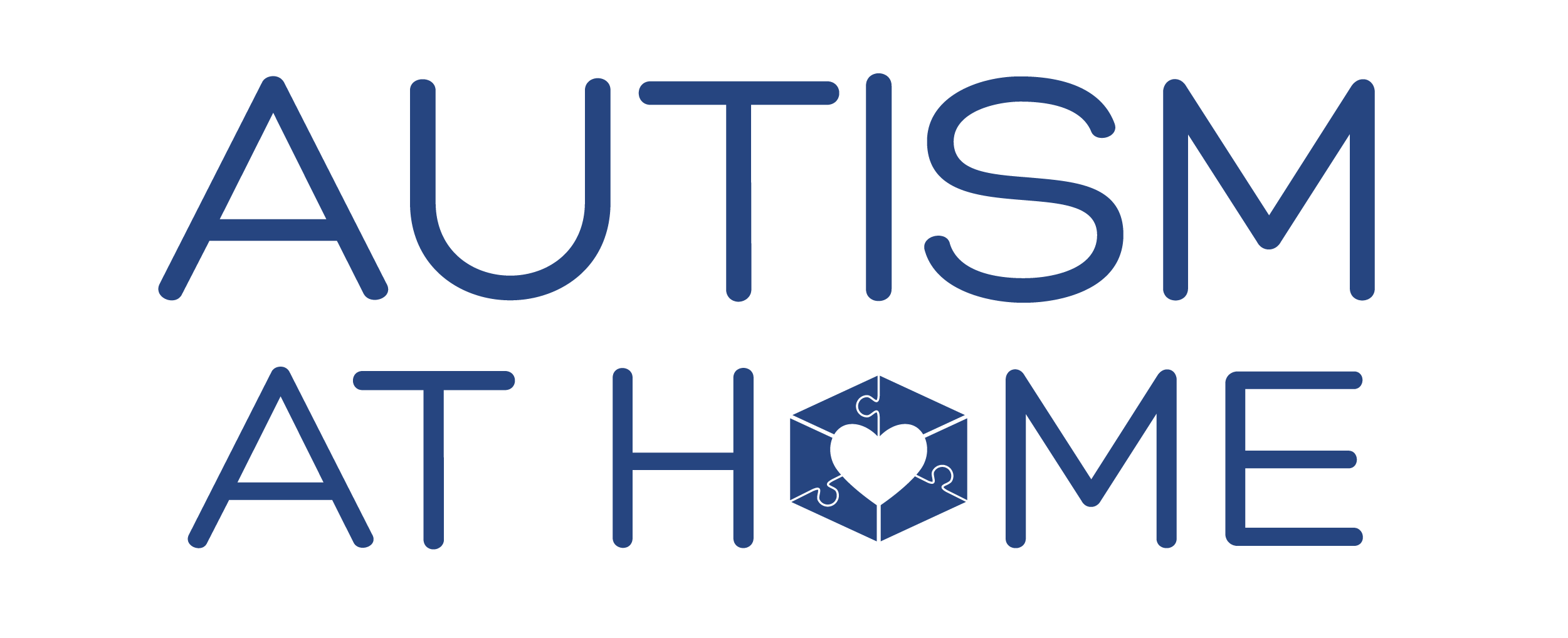Welcome to the Building Attention Skills series!
In this series, you will learn about the Developmental Milestones of Attention and the foundational programs for teaching a child with autism to build their attention skills.
Welcome to the Building Attention Skills series!
In this series, you will learn about the Developmental Milestones of Attention and the foundational programs for teaching a child with autism to build their attention skills.
